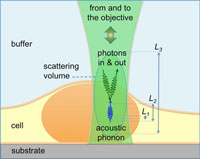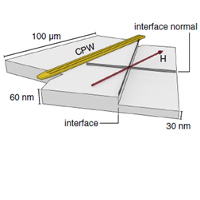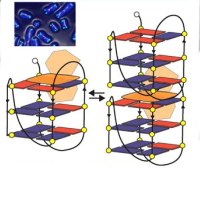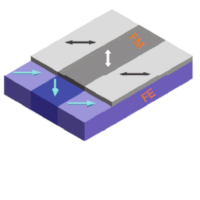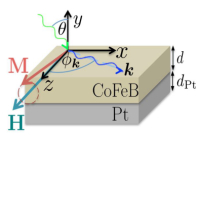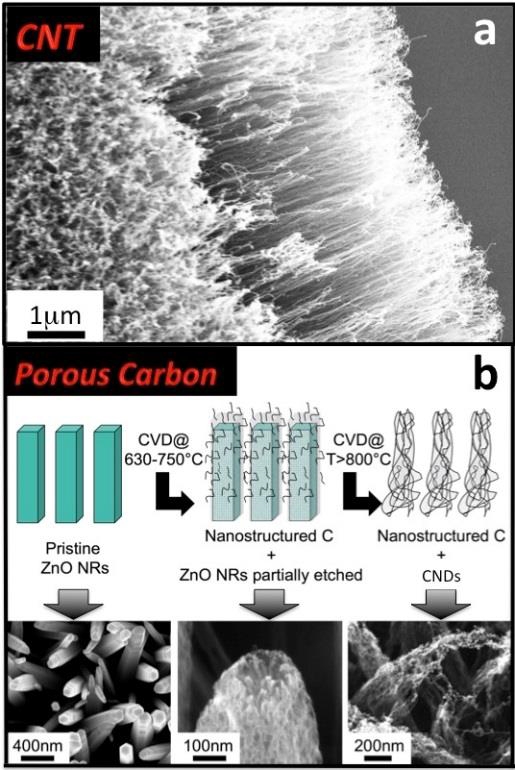Carbon nano composites
Nano Carbon Based Materials Growth and Characterization
Contact person: Cinzia Cepek
Collaborators: C. Cepek, S. Bhardwaj, P. Mbuyisa, C. Castellarin-Cudia
|
The growth of carbon-based materials by chemical vapour deposition (CVD) is of great scientific and technological interest, as CVD allows the direct growth on substrates at low temperature and may facilitate the integration of these materials into various technologies. Optimised catalytic CVD recipes yield the growth of well ordered graphene overlayers, as well as vertically-aligned forests of carbon nanotubes (CNTs) with controlled location, diameter, and density, properties which are required for many CNTs applications, including interconnects, supercapacitor electrodes, thermal management surfaces, or adhesive layers. The IOM Analytical division has several years of experience in the growth of carbon-based materials. In 2010-2012 the work inside this research line was focused into the study of the growth mechanisms governing the synthesis via catalytic CVD of many carbon nanostructures, spanning from CNTs and nanofibers to graphene, up to porous nanostructured carbon. The growth processes were studied using in-situ spectroscopic and microscopy techniques, with the objective to find the best protocols allowing the controlled synthesis of a priori defined carbon nanostructures. |
a) SEM image of a CNTs forest grown on a conductive TiN film; b) Growth scheme and corresponding SEM images of C-nanostructures obtained after different CVD processes done on ZnO NRs templates. |
In the available experimental apparatus it is possible to control the chemical state of the catalyst and precisely monitoring all the CVD parameters, such as: precursor gas purity (via residual gas analyser), pressure and its gradient, sample temperature, gas fluxes, etc. These characteristics allow understanding in detail the mechanisms driving the synthesis, and allowed us to determine the conditions necessary to obtain high-density CNT forests non only on oxide substrates, but also on metallic overlayers, fundamental requirement to use these material in interconnect and supercapacitors. We also showed that CVD on vertically aligned ZnO nanorods (NRs) can synthesize different carbon nanostructures, whose morphology is driven by the NRs and whose dimensions and structures change as a function of the process temperature. When used as a chemiresisitor, the so-obtained porous carbon has a higher sensitivity to ammonia compared to chemiresistors made by bare ZnO NRs, to other one-dimensional C-nanostructures. Inside these research topics, IOM-CNR was a partner of the FP7 project (large) Technology for Wafer-Scale Carbon Nanotube Applications, and in 2012 was approved the PRIN 2010 project Hierarchical Photosynthetic Nano-Structures for Carbon-Neutral Renewable Energy (HI-PHUTURE).

